China : Rapid Growth and Innovation
China holds a commanding 7.5% market share in the APAC microinsurance sector, driven by increasing urbanization and a growing middle class. Key growth drivers include government initiatives promoting financial inclusion and the rise of digital platforms facilitating insurance access. Demand trends show a shift towards health and life microinsurance products, supported by regulatory policies aimed at enhancing consumer protection and transparency. Infrastructure improvements, particularly in technology and telecommunications, further bolster market growth.
India : Diverse Needs and Solutions
India's microinsurance market accounts for 4.5% of the APAC total, reflecting a burgeoning demand for affordable insurance solutions. Key growth drivers include rising awareness of insurance benefits and government schemes like the Pradhan Mantri Fasal Bima Yojana. Consumption patterns indicate a preference for crop and health insurance, particularly in rural areas. Regulatory support from the Insurance Regulatory and Development Authority of India (IRDAI) is crucial for market expansion, alongside advancements in digital distribution channels.
Japan : Focus on Aging Population
Japan's microinsurance market holds a 2.8% share in APAC, characterized by a stable yet cautious growth trajectory. The aging population drives demand for health-related microinsurance products, supported by government initiatives aimed at enhancing elder care. Regulatory frameworks encourage innovation while ensuring consumer protection. The market is also influenced by technological advancements in health monitoring and telemedicine, which facilitate insurance uptake among older demographics.
South Korea : Tech-Driven Insurance Growth
South Korea's microinsurance market represents 1.8% of the APAC landscape, with significant growth fueled by technological innovation and urbanization. Key drivers include a tech-savvy population and government policies promoting digital financial services. Demand trends show a rise in microinsurance products tailored for urban workers and gig economy participants. Major cities like Seoul and Busan are key markets, with players like AXA and Prudential leading the competitive landscape.
Malaysia : Microinsurance for All
Malaysia's microinsurance market captures 1.2% of the APAC share, driven by increasing awareness and accessibility of insurance products. Government initiatives, such as the Financial Sector Blueprint, aim to enhance financial literacy and inclusion. Demand trends indicate a growing interest in health and life microinsurance, particularly among low-income households. The competitive landscape features local players alongside international firms like Allianz, fostering a diverse market environment.
Thailand : Cultural Factors Influence Demand
Thailand's microinsurance market accounts for 0.9% of the APAC total, characterized by niche offerings tailored to local cultural needs. Key growth drivers include government support for financial inclusion and rising awareness of insurance benefits. Demand trends show a preference for health and accident microinsurance, particularly in rural areas. The competitive landscape includes local insurers and international players like MetLife, adapting products to meet specific cultural contexts.
Indonesia : Rising Demand in Rural Areas
Indonesia's microinsurance market holds a 0.7% share in APAC, with significant untapped potential driven by a large rural population. Key growth drivers include government initiatives promoting financial inclusion and increasing awareness of insurance products. Demand trends indicate a focus on health and agricultural microinsurance, essential for rural livelihoods. The competitive landscape features local players and international firms like BIMA, addressing the unique needs of Indonesian consumers.
Rest of APAC : Fragmented Yet Growing Landscape
The Rest of APAC microinsurance market captures 0.97% of the total, characterized by diverse markets with varying needs and regulatory environments. Key growth drivers include increasing awareness and government initiatives aimed at financial inclusion. Demand trends show a mix of health, life, and property microinsurance products tailored to local contexts. The competitive landscape is fragmented, with both local and international players vying for market share, adapting to unique regional dynamics.


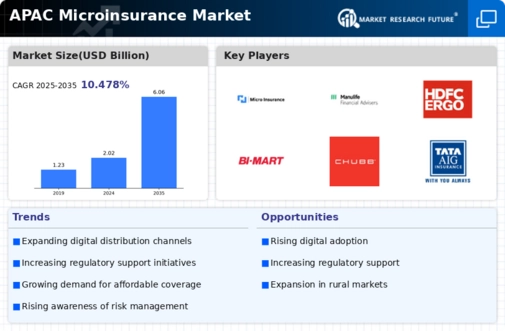
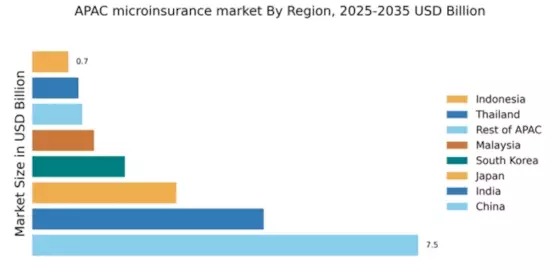
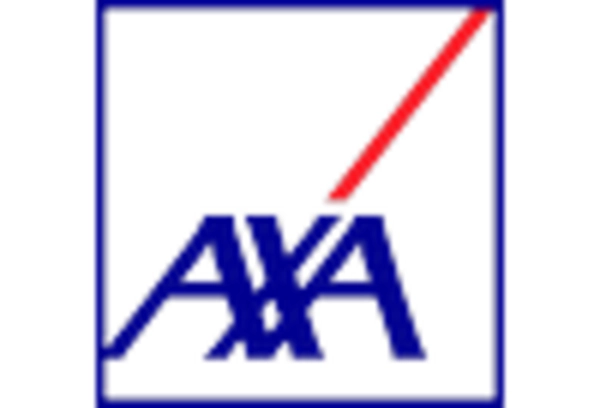
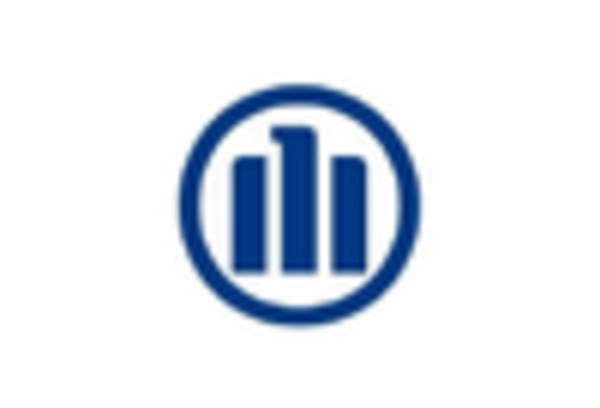
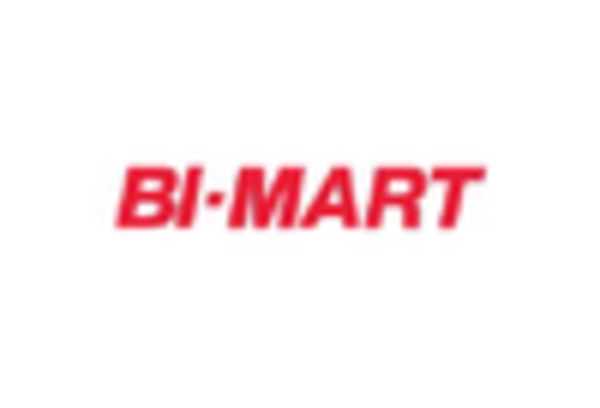
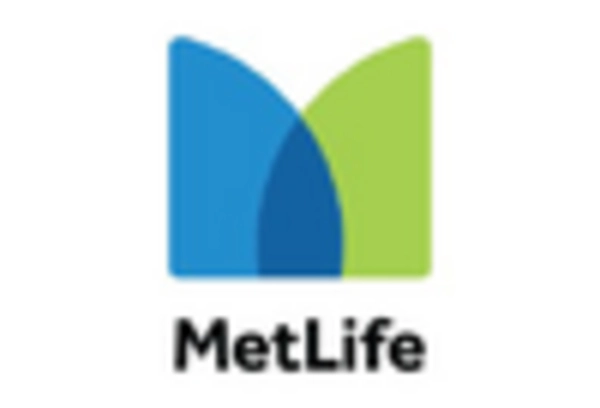
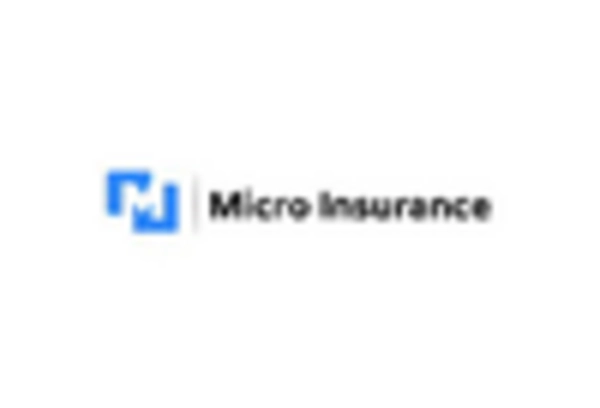
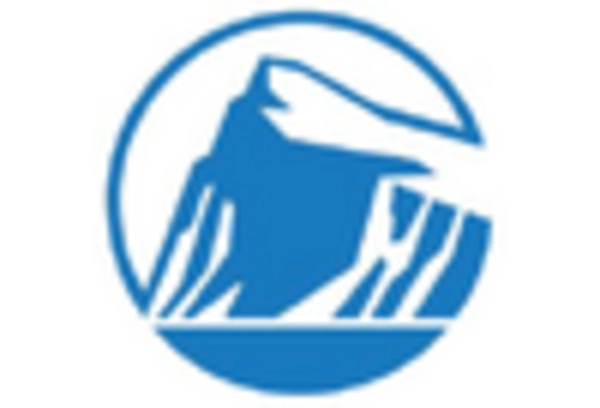








Leave a Comment